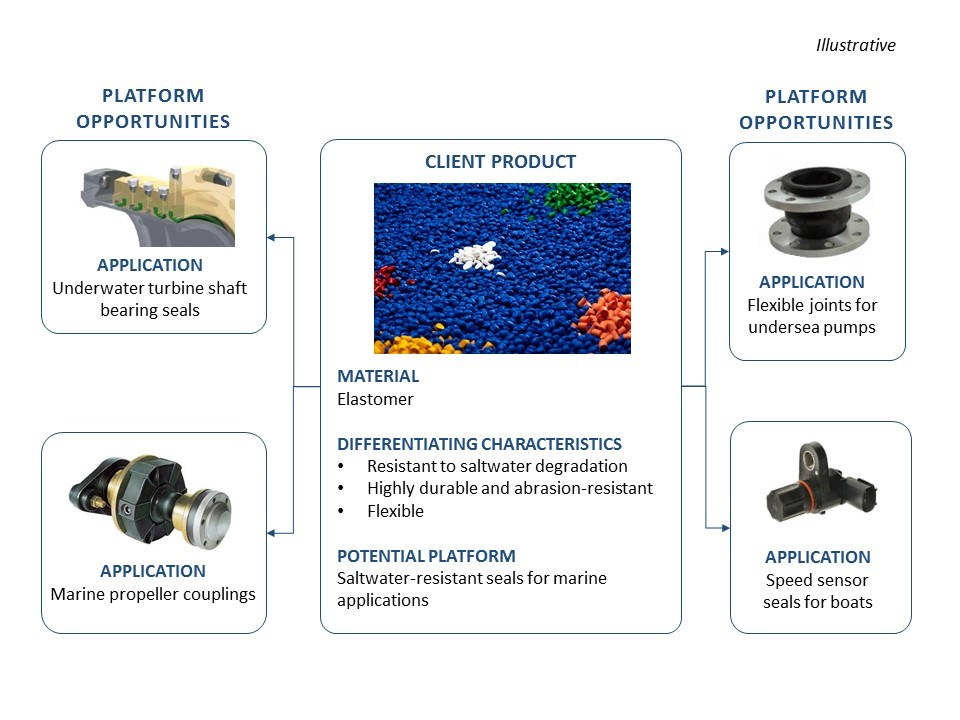How to Use The Platform Approach to Maximize Value Capture in Product Development
On the morning of October 6, 2014, GT Advanced Technologies filed for bankruptcy, shocking investors, analysts, and customers alike. Its stock tumbled 93 percent, erasing $1.4 billion in value. Once a leader in advanced materials manufacturing, the company has failed to recover and remains to this day a shadow of its former self.
At the time of its bankruptcy, GT was partnered with Apple to supply sapphire cover glass for the iPhone 6. With financing from Apple, GT had invested heavily in sapphire, building a $1 billion plant in Arizona with 30 times the capacity of any existing sapphire facility. But GT struggled to meet Apple’s aggressive development timeline, and manufacturing challenges mounted as 578-pound “boules” of sapphire emerged from furnaces cracked and unusable. GT had bet its future on sapphire in hopes of stable, consistent revenues as an Apple supplier, but their plan failed spectacularly.
Product failures are common and can be costly and disastrous.
GT’s mistake was unfortunate but not exceptional; new product development is a tremendously difficult undertaking, particularly for materials innovators, and failure is far from unheard of. These days, companies spend billions on ideation, customer research, R&D, prototyping, patenting, and design, all to develop technologies that they hope will enable innovative new products. Yet product failures are notoriously common and, as GT’s experience illustrates, can be costly and disastrous. In order to survive and remain innovative, companies must adopt new strategies that enable them to develop next-generation technologies while mitigating the extreme risk involved.
One of the principle ways Newry works with clients to de-risk new product development is through “platforming,” a concept that is as simple as it is effective. Rather than investing in a new technology that will serve a single product at a single customer, as GT did, we help our clients identify “platforms” of applications, each platform leveraging the same technology and/or commercial approach. With this strategy, if a single application falls through or an individual customer doesn’t pan out, a host of additional applications in a platform can be pursued. The result: lower risk and higher success rates.

An example of the type of application “platform” that Newry has helped clients identify
Many leading innovative companies employ the platforming strategy with great success. W.L. Gore, for instance, is widely known for its GORE-TEX® waterproof and breathable outerwear, but the company’s full range of product offerings is far more diverse. Underpinning each of these offerings is ePTFE, a material technology that Gore pioneered in the 1960s and has since leveraged for application platforms ranging from air filters to implanted vascular devices to cabling. In each platform, the same material innovations, application engineering, and market knowledge are put to use across a broad set of products, resulting in tremendous commercial success for Gore.
By deliberately building platforms of product applications driven by the same technology, companies can reduce the risk that a single product failure will cause a costly and development-intensive technology to fall unused. Investors in financial markets have practiced the philosophy of diversification since time immemorial; perhaps it’s time for technology innovators to do the same.
Find out how Newry can help your organization move smarter to move faster. Get traction in your market.
